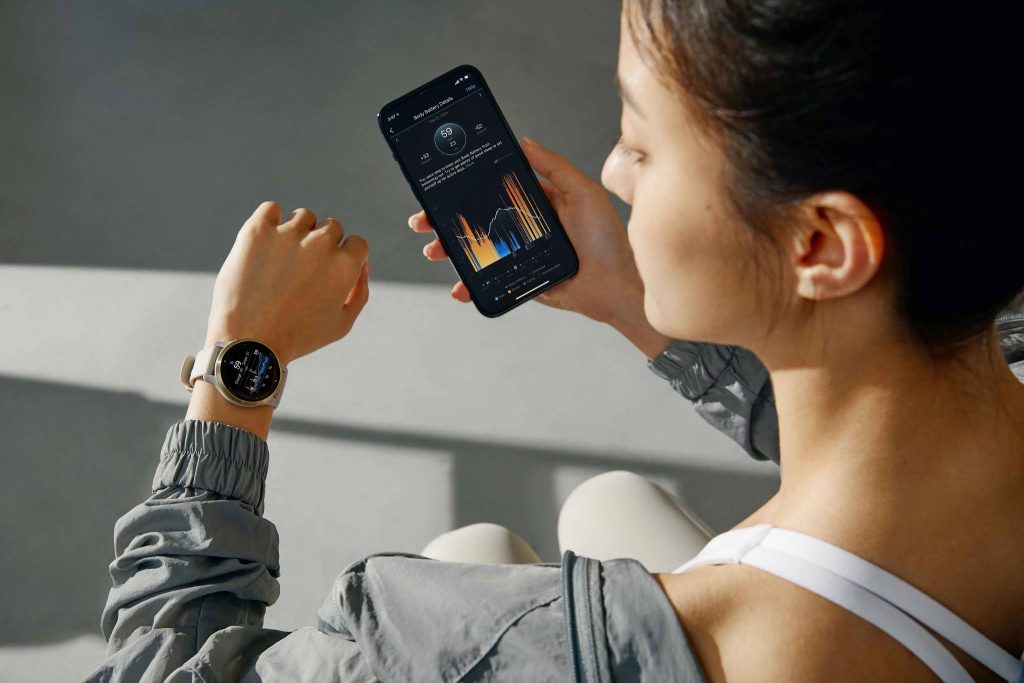Give serious thought to why you want a smartwatch in the first place before making the purchase. Are you looking for a watch to train for your next race, for instance, or to help you develop better sleep habits? Or are you just concerned about reaching your step target and getting alerts on your wrist? Most people probably fall toward the middle.
Summary
What are the best strategies to market a new smartwatch?
Fortunately, by asking just three questions, you can reduce the number of possibilities available to you. Which smartphone do you use—an Android or an iPhone? What is your spending limit? And what use are you planning for it?
Additionally, you should think about size, style, and comfort. You can’t use a smartwatch if you don’t enjoy wearing it. If you’re looking for a smartwatch to track your sleep, comfort is extremely crucial.
Although the first smartwatches were bulky, pricey, and had few features, there are now several excellent models available. The greatest contemporary smartwatches skillfully strike a mix between smart functions that lighten the load on your phone and high-quality design and health and fitness tracking. Depending on your needs, they usually cost between $200 and $1,000, although the exact cost will always depend on the brand.
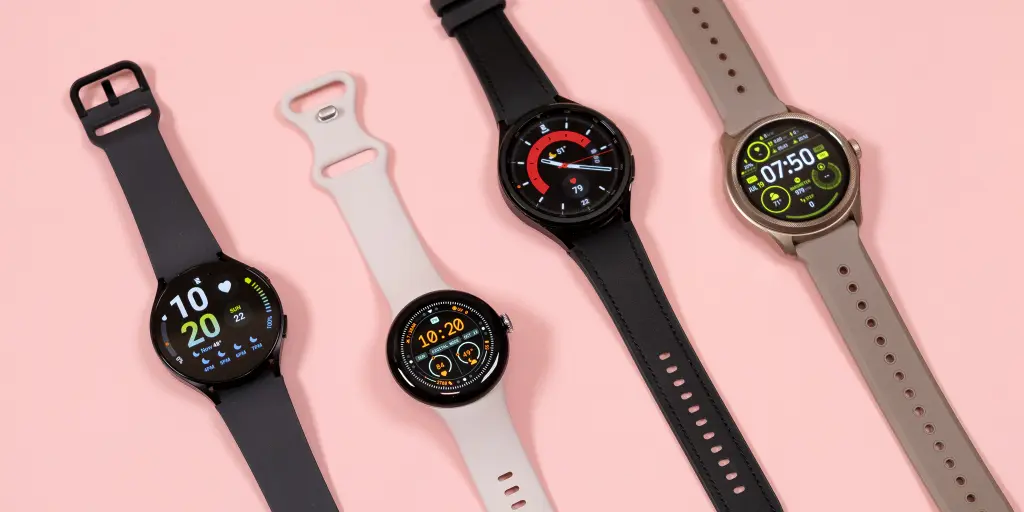
Do you have an iPhone or Android device?
The options that are accessible will depend on how you respond to this question. Smartwatches from companies like Fitbit, Garmin, and Withings work with Android and iPhone smartphones. However, a few of our top choices are limited to being compatible with a single platform.
While Google’s Pixel Watch 2 and Samsung’s Galaxy Watch 6 are only compatible with Android devices, the Apple Watch is exclusive to the iPhone. If the Galaxy Watch 6 is on your radar, be aware that the ECG functionality is limited to Samsung devices—unless you can side load the Samsung Health Monitor app onto a phone that isn’t a Galaxy.
How much do you want to spend?
The best smartwatch for you will rely on your needs and budget among the various price ranges in which they are available.
General purpose smartwatches
The majority of popular smartwatches cost between $300 and $400, while additional features like LTE connection or a more upscale finish may cost more. These watches can mimic certain functions of your phone in addition to offering fitness tracking and health monitoring tools. If you’re looking for a well-rounded experience, particularly in terms of health and wellness, these are the best options. This group includes the Samsung Galaxy Watch 6, Fitbit Sense 2, Google Pixel Watch 2, and Apple Watch Series 9.
The features that smartwatches in this price range often include are shown in the samples below.
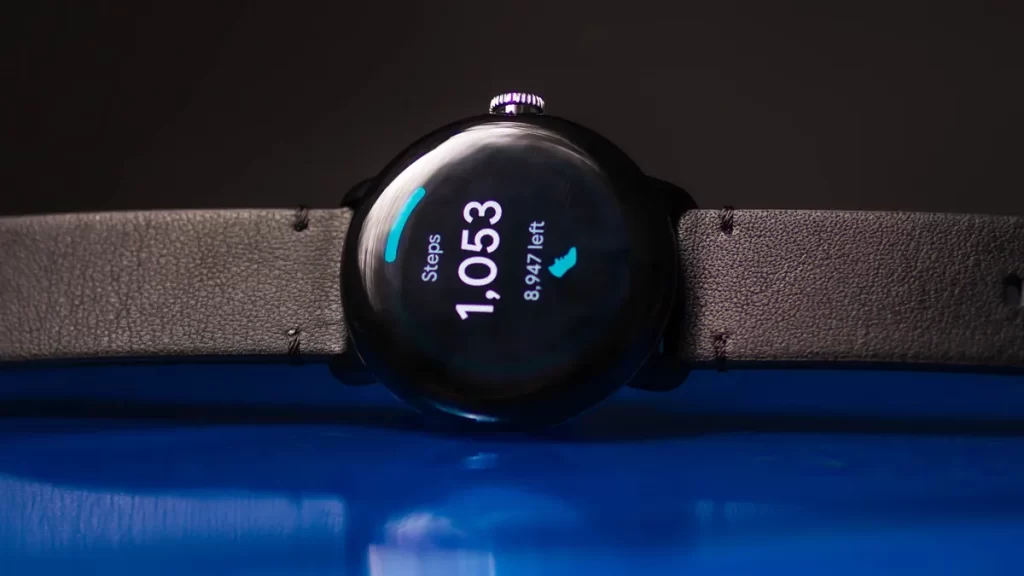
Flagship smartwatch features
- Plenty of exercise mode options
- Sleep tracking (sleep duration, sleep stages, etc.)
- Integrated GPS for tracking outdoor runs
- The ability to view (and in many cases respond to) texts from your phone
- The ability to take phone calls from your wrist
- Optional LTE
- Voice assistants (Siri, Alexa, Google Assistant)
- Blood oxygen saturation monitoring (Note that Apple Watches sold by Apple in the US no longer have this feature)
- Heart rate monitoring
- ECG app
- Temperature readings
- Always-on display (keeps the screen on even when the watch is idle)
- Timers, alarms and reminders
- Notifications from apps on your phone
- Third-party apps
- Onboard storage for music
- Mobile payments
Though features will vary by model, it’s the overall feature set you can anticipate from watches in that price range. Certain watches also come with unique additions of their own.
For instance, the $399 Apple Watch Series 9 boasts an ultra wideband processor and automobile crash detection, which should improve its performance as an iPhone locator and smart key for your house and vehicle. While Samsung’s $270 Galaxy Watch 6 can evaluate body composition, Google’s $350 Pixel Watch 2 and $300 Fitbit Sense 2 include sensors that can passively check for indicators of stress. The $349 Garmin Forerunner 255 boasts built-in triathlon and duathlon training programs, giving it a stronger fitness focus. The watches from Fitbit and Garmin also usually have longer battery lives than those from Apple, Google, and Samsung. On the other hand, the latter provide a wider range of third-party applications.
Lower-priced smartwatches
Additionally, there are wristwatches that go about $250, give or take. While not all of the characteristics listed above are included in these watches, many of them are. This kind of watch is the best option if your main needs are to track workouts, make mobile payments, receive notifications on your wrist, and not be too concerned with in-depth health information. Value-for-money smartwatches include the Fitbit Versa 4 and the Apple Watch SE.
Even though many people find that timepieces in this price range are the appropriate decision, it’s crucial to be aware of what you’re missing. For instance, the $249 second-generation Apple Watch SE is devoid of an ECG, blood oxygen sensors, an always-on display, and a temperature sensor. However, it is identical to the Series 9 in terms of software, alerts for elevated and lowered heart rates, auto collision detection, fall detection, and workout mode selection.
Many of Fitbit’s most well-known fitness features, including sleep tracking, active zone minutes, integrated GPS, and the daily readiness score (which necessitates a Premium subscription), are available on the $230 Fitbit Versa 4. Not only can you access Google Wallet and Maps on your wrist, but you can also receive phone notifications and use Amazon’s Alexa. However, to access Fitbit’s more advanced health features, such as an ECG, a skin temperature sensor, and sensors that check for possible stress indicators, you’ll need to purchase the more expensive $299 Fitbit Sense 2.
For a low price, Garmin’s $250 Venu Sq 2 fitness and health watch has a long battery life (about 11 days) and a lot of functionality (GPS, blood oxygen monitoring, sleep tracking). However, unless you purchase the $299 Music Edition, it lacks a speaker and microphone for taking calls, onboard music storage, and Google Play Store app access.
A smartwatch under $200 is difficult to come by, yet there are a few possibilities available. You might want to think about getting a fitness tracker instead if you want to spend less money and don’t really care about using applications. Check to see whether your carrier sells Fitbit devices for members; Fitbit also has partnerships with some insurance providers to facilitate this process.
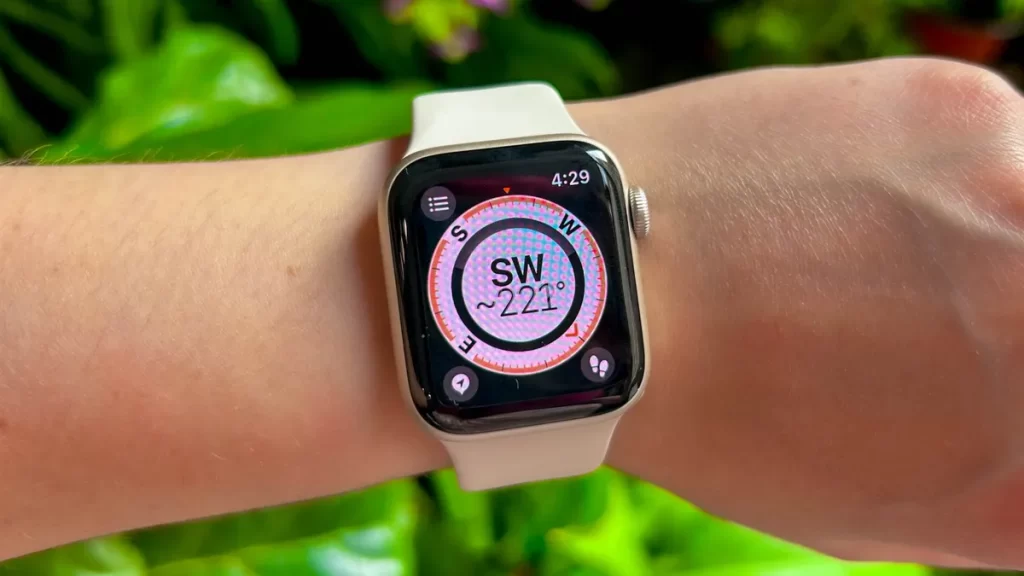
Hybrid watches
A cross between a smartwatch and a traditional wristwatch is the hybrid smartwatch. These watches typically have an analog design similar to vintage watches, thus they don’t have as many smart functions as the newest Apple Watch or Samsung Galaxy Watch.
For instance, hybrid watches typically lack color touchscreens and include conventional, round analog watch displays with hands for the hour and minute. You should need a conventional smartwatch for seeing your incoming alerts in full screen mode, so don’t anticipate it from this device. Because hybrid watches are meant to be more understated, they usually come with a tiny screen on the watch face that displays fitness data and notifications. One of the main advantages of hybrid watches is that their batteries are typically far longer than those of regular smartwatches.
The Garmin Vivomove series, the Withings ScanWatch and ScanWatch Horizon, and the Fossil Gen 6 Hybrid are a few examples of hybrid watches. Generally speaking, these watches are priced similarly to standard smartwatches, so depending on the model, you may anticipate to spend between $150 and $500. The ideal hybrid watch is for people who value a long battery life over smart features like color touchscreens and extensive app stores, and who enjoy the traditional style of timepieces.
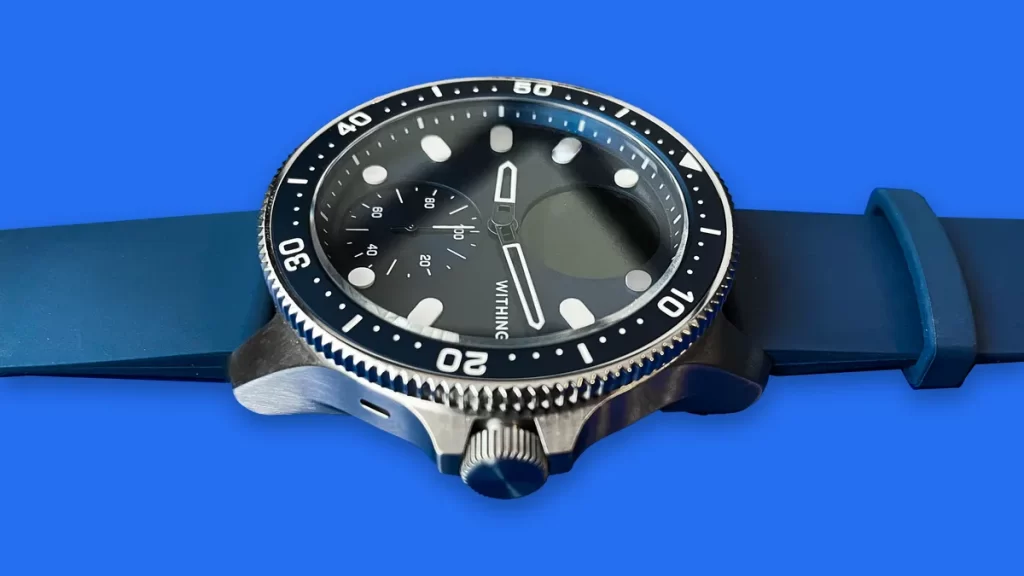
High-end fitness smartwatches
Another important smartwatch segment to take into account is high-end fitness-oriented watches. These gadgets often contain all the features found in standard flagship smartwatches, but they also tend to have more sports-oriented features and more durable designs. One of these watches might be right for you if you’re preparing for a marathon or work in remote areas where a more accurate GPS signal might be necessary.
These watches are likely to cost you between $500 and $1,000. Apple Watch Ultra 2 costs $799, while Garmin’s Epix Gen 2 and Fenix 7 Standard start at $800 and $650, respectively.
You might be wondering why fitness enthusiasts should choose these watches over less expensive models. Expensive fitness watches typically have superior durability, longer battery lives, more precise location positioning, configurable buttons, and extra capabilities that cater to particular sports like golf, scuba diving, or jogging, though the specifics can vary.
For instance, the Apple Watch Ultra 2 boasts a larger screen, a programmable Action button, dual-frequency GPS, a titanium construction, a depth gauge with a water temperature sensor, and a water resistance of 100 meters as opposed to 50 meters for the Series 9.
Garmin’s Fenix and Epix watches are more water resistant (100 meters as opposed to 50 meters) and have a longer battery life than the Forerunner 255. They also have adjustable hotkeys, a dual grid mode that shows position coordinates in multiple formats, and a host of other golf-specific capabilities. (Since it’s primarily targeted at runners, the Forerunner 255 still contains a ton of running-focused features, such as a race predictor to aid in marathon training.)
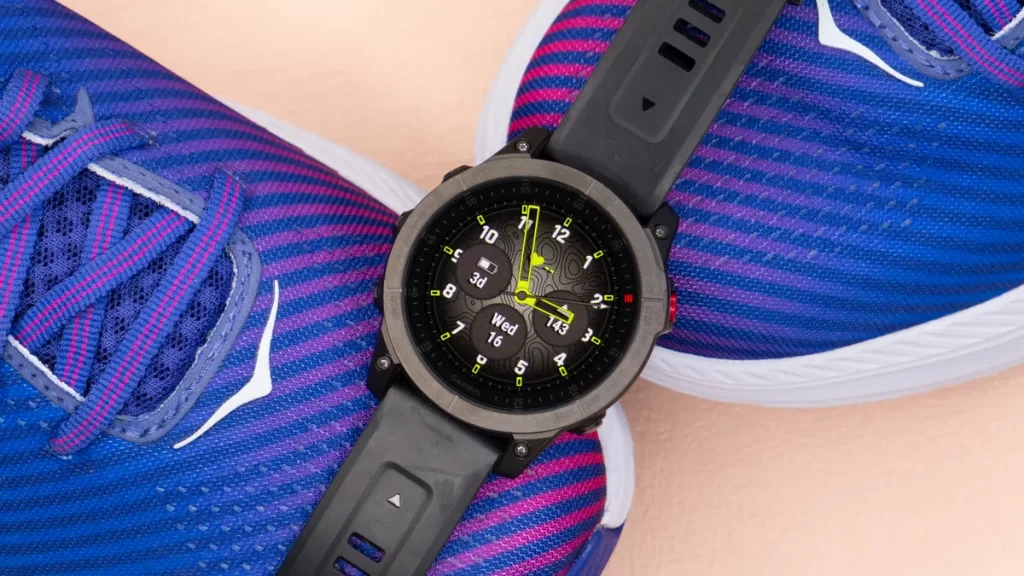
When is the best time to buy a smartwatch?
Because there are usually the greatest deals around during Amazon Prime Day, Black Friday, and Cyber Monday, these are the best times to purchase a smartwatch. For instance, a number of Fitbit wearables and Garmin devices were discounted the previous year.
The most important thing to think about if you’re shopping at any other time of year is when the smartwatch you’re interested in might launch in its updated edition. By doing this, you can be sure that you won’t end up shelling out a lot of money on a gadget that might become obsolete very soon. Additionally, after the new version is out, older models can go on sale.
Based on past releases, here’s a look at when the main smartwatch manufacturers often release new models.

Estimated smartwatch release dates
- Company Release timeframe
- Apple September/October
- Samsung July or August
- Fitbit Early fall
- Google October
- Garmin
- January, February, April, June, September
Should you buy a smartwatch or fitness tracker?
A fitness tracker can be the best option if you want to spend less than $200 and don’t worry about features like third-party apps, virtual assistants, or LTE connectivity.
Fitness trackers generally offer health data in a more compact (and affordable) design, such as heart rate, numerous exercise modes, blood oxygen saturation, sleep and activity tracking, and heart rate, although they often lack certain useful features like those listed above. Additionally, you won’t be able to see as much information quickly on a fitness tracker as you could on a wristwatch because they often have smaller screens.
Fitness bands may, however, display call and text notifications, set timers and alarms, and do other standard smartphone companion functions. A fitness band’s greater battery life compared to a conventional wristwatch is another advantage. Take a look at a few of our top fitness trackers.
A smart ring such as those manufactured by Oura and Movano is a good option if you’re looking for a straightforward and understated fitness tracker that does away with phone notifications. However, bear in mind that these gadgets may still cost as much as a smartwatch. Android users who are interested in smart rings may want to wait as Samsung is also releasing its wellness-tracking Galaxy Ring later this year.
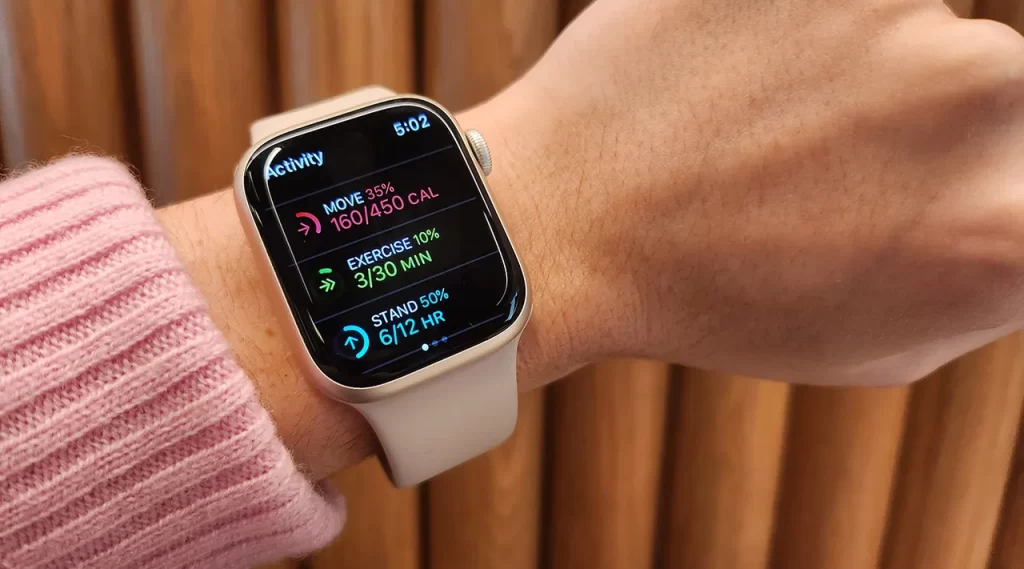
Best smartwatches in 2024
Still unsure about where to begin your smartwatch purchase? See CNET’s guide to the top smartwatches for our selection, which range in price from under $300 to $1,000. Our current list comprises our top picks based on what’s currently available, although most tech and health companies reveal their new items later in the year. Among these are the Samsung Galaxy Watch 6, Apple Watch Ultra 2, Apple Watch Series 9, Google Pixel Watch 2, and Garmin Epix 2.
We put smartwatches to the test by using them to log our workouts, sleeping with them overnight, testing their ability to recognize exercises automatically, relying on them for notifications when we’re not near our phones, and draining the battery to see how long they last. We also determine what the various health sensors contribute to the overall experience by taking readings from them. When we analyze smartwatches, we try to determine how valuable they are overall by analyzing the features they provide, how well they perform those functions, and how the entire package stacks up against the competition.
